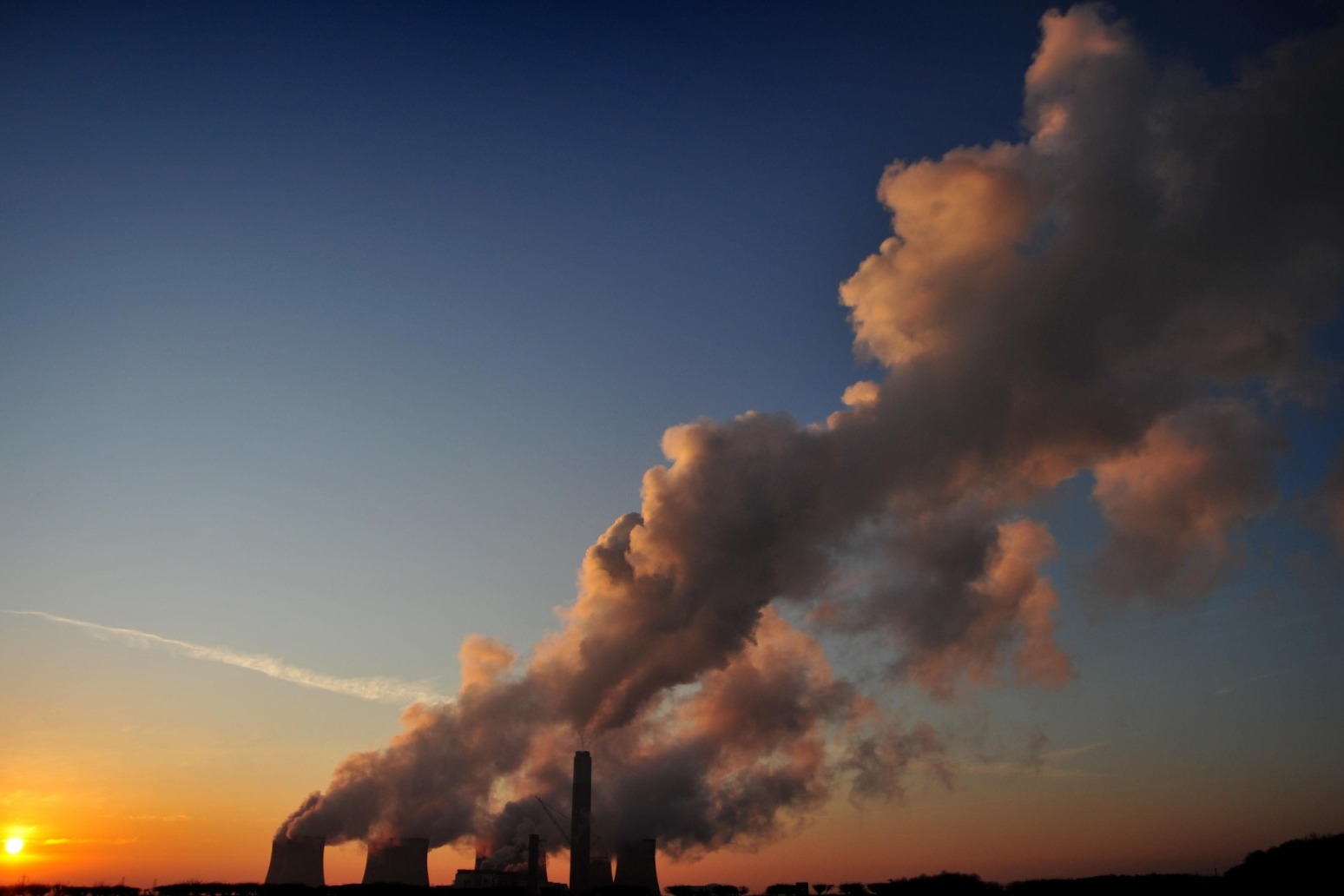-
 play_arrow
play_arrow
Kl 1 Radio Local radio for west Norfolk
-
 play_arrow
play_arrow
KL DISCO KL Disco Playing Disco Music from the 70's onwards.24/7
-
 play_arrow
play_arrow
KL COUNTRY KL COUNTRY Playing New and Classic Country Music 24/7
-
 play_arrow
play_arrow
KL ROX KL ROX The best of New and Classic Rock.24/7
-
 play_arrow
play_arrow
KL SUMMER Summer Vibes 24/7 from KL1 Radio across West Norfolk
-
 play_arrow
play_arrow
KL CLASSICAL Your Symphony Starts Here
-
 play_arrow
play_arrow
KL CHILL Just Chill!
-
 play_arrow
play_arrow
KL POP The Best POP Hits all day Long!
-
 play_arrow
play_arrow
KL XTRA KL XTRA
music_note

Last month was the second hottest April on record with world temperatures remaining above the key 1.5C threshold for global warming, scientists have said.
April 2025 was 0.6C above the 1991-2020 average for the month and 1.51C above pre-industrial levels, according to the EU’s Copernicus Climate Change Service (C3S).
This makes it the 21st month in the last 22 months for which the global average surface air temperature was more than 1.5C above the pre-industrial level.
The analysis, which used billions of measurements from satellites, ships, aircraft and weather stations around the world, also found the last 12-month period, from May 2024 to April 2025, was 1.58C above the pre-industrial level, the estimated 1850-1900 level which is used to define the pre-industrial era.
It comes despite the emergence of the “La Nina” pattern in the Pacific which temporarily cools global temperatures.
The data also shows sea surface temperatures outside the polar regions averaged 20.89C, making it the second hottest April for the seas after last year’s record.
Temperatures were predominantly above average across Europe, with the largest warm anomalies recorded over eastern Europe, western Russia, Kazakhstan and Norway.
The average temperature over land was 9.38C, which is some 1.01C above the 1991-2020 average for April, making it the sixth warmest April for Europe.
They were also mostly above average over the Russian Far East, in a large part of west-central Asia, over most of North America, part of Australia, and across the Antarctic Peninsula and West Antarctica.
However, southern South America, eastern Canada in the Great Lakes region and over the Hudson Bay, across north-eastern Greenland and Svalbard, over northern Australia and east Antarctica all saw most temperatures below average.
Elsewhere, Arctic sea ice extent was 3% below average, the sixth lowest monthly extent for April in the 47-year satellite record, following four months with record low monthly values for the time of year.
Antarctic sea ice extent was 10% below average, making it the 10th lowest on record for the month.
Samantha Burgess, strategic lead for climate at the European Centre for Medium-Range Weather Forecasts which runs C3S, said: “Globally, April 2025 was the second hottest April on record, continuing the long sequence of months over 1.5C above pre-industrial.
“Continuous climate monitoring is an essential tool for understanding and responding to the ongoing changes of our climate system.”
Published: by Radio NewsHub

Similar posts
Upcoming shows

Night Trax
1:00 am - 7:00 am

Paul Baker – KL1 Breakfast
7:00 am - 10:00 am

Chris Fisher – KL1 Mornings
10:00 am - 1:00 pm

Chris Osler – Friday Afternoon Show
1:00 pm - 4:00 pm

Richard Dix – KL1 Drive
4:00 pm - 7:00 pm
-

Woman accused of having illegal abortion found not guilty

Starmer and Trump hail historic day as UK and US agree trade deal

Tracker mortgage holders could save nearly 350 a year following rate cut

Barry Keoghan visited Ringo Starr to study him for upcoming Beatles biopics

David Beckham and Gary Neville part of new ownership group at Salford
Message Us
Copyright The Mediasite UK - 2025



